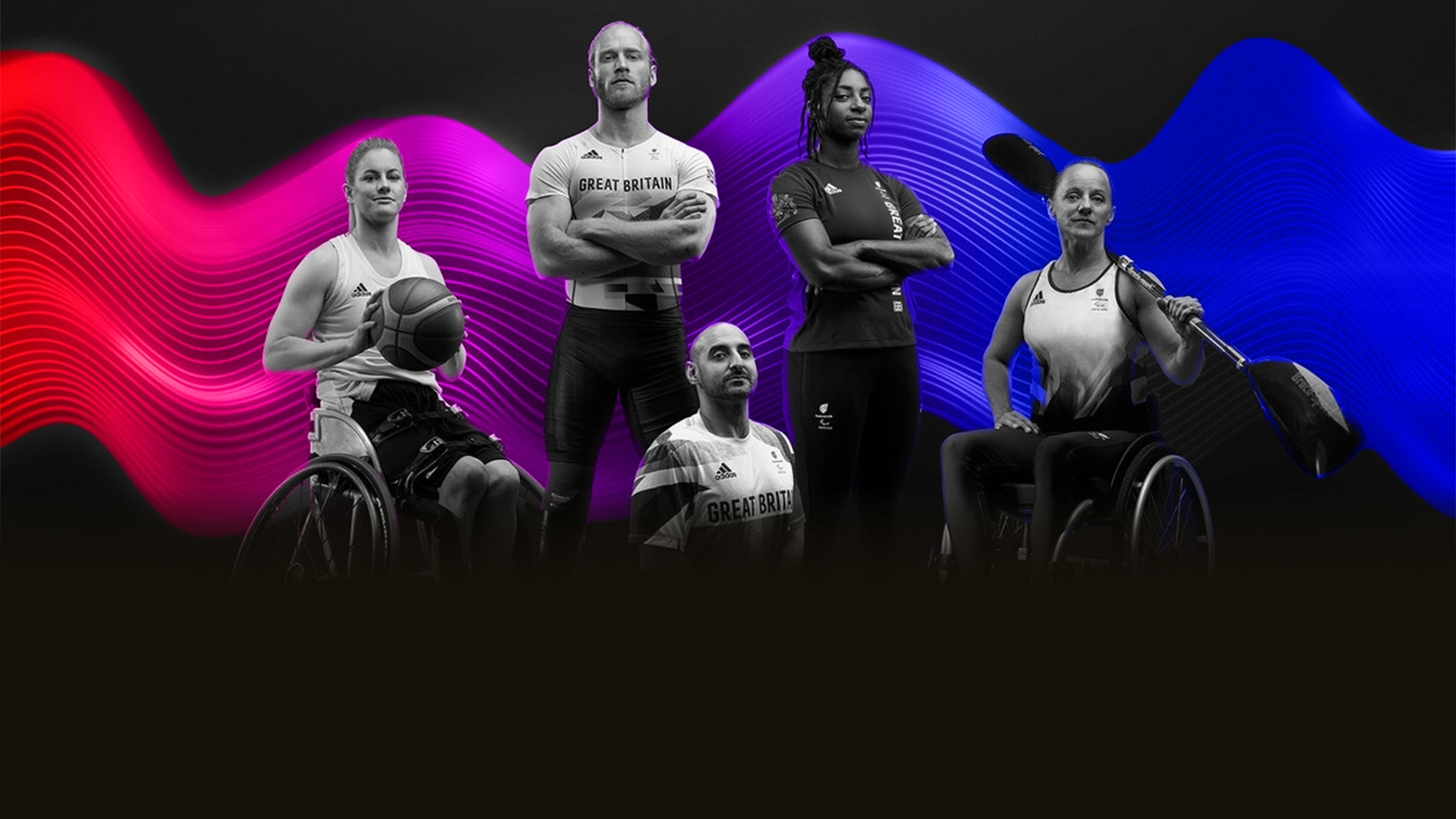People with disabilities can be much better represented in TV advertising. Learn how advertisers can create authentically diverse advertising in our blog.

How should disabled people be represented in ads?
Disabled people aren’t yet proportionally represented in TV adverts. What can agencies do better when creating more diverse advertising?
When was the last time you saw a disabled person in a TV advertisement? Although disabled people make up 20% of the UK population, only 3% of TV ads in 2020 featured people with disabilities, with a tiny 1% of ads showing disabled people in a lead role.
In our 4Talk “Access All Areas: The disabled experience across the modern media landscape”, we chatted with our panel about what advertisers can do to create more diverse advertising and better represent disabled people on our screens.
Accurately represent disabled people
Currently, the number of people in the UK with a disability is far higher than how many disabled people we see in TV ads. Shani Dhanda, Disability Activist, argued that it was vital to understand “the prevalence of disability” and encouraged advertisers to “actually reflect the population and society we live in.”
Director of Commissioning at UKTV Richard Watsham agreed that “if 1 in 5 of the population have a disability, [...] every time we’ve got 5 people on a show, at least - at least - at an absolute minimum 1 of them should represent the disabled community.” The message to advertisers is clear: to better represent disabled people, the industry first has to accurately reflect the number of people with disabilities in the UK.
Create authentically diverse advertising
How disabled people are portrayed on screen can also be a problem. Alex Brooker, The Last Leg Presenter and Comedian, wants to see disability become something more ordinary on TV: “My life isn’t all about my disability. [...] the more you see disabled people on screen, the less it becomes [...] something different.”
Alex encouraged agencies to be more open to casting disabled people, explaining that “advertisers shouldn’t necessarily be worried about putting disabled people in the adverts. [...] The advert doesn’t have to be about disability.”
The panel also discussed how narrow current representations of disabled people can be.
While Channel 4’s coverage of the Paralympics has made incredible strides in representing disabled people on our screens, Richard argued that people with disabilities “don’t just want to have to be superheroes”. For him, TV advertising could “add other kinds of stories” to what’s currently available by including more people with disabilities.
Shani highlighted that TV’s representation of disabled people also lacks diversity. At 34, she’s only ever seen 4 disabled people of colour on screen. She’d love to see more intersectional representation, more incidental representation, where a person’s disability isn’t the main focus of their story, and less tokenism in future TV ads.
Include disabled people throughout the process
People with disabilities will better understand the needs of disabled people. Abi Pearl, Members Innovation Director at Giff Gaff, argued that “if you don’t have employees who have disabilities, then you’re not going to understand the needs of different communities.”
This was demonstrated to Abi by one of Giff Gaff’s members. When Aleks, who is deaf, asked how Giff Gaff could be more inclusive, the business worked with him to create an ad in British Sign Language. Aleks became a key stakeholder in the approval process for the advert and made sure that the final ad met the needs of the deaf community. This showed Abi how important it is to being “open to be challenged” as a business, as receiving this feedback was crucial in improving accessibility.
Including the perspectives of disabled people also helps create diverse advertising that’s truly authentic. Shani explained that while working to create a TV ad that featured a wheelchair user, the brand team spoke to wheelchair users who pointed out that the rug in the ad was unrealistic, as it’d get in the way. This small detail could have been a huge oversight for the brand, but by working with disabled people, Shani and the team corrected an inauthentic ad.
There’s no one way to represent disabled people in ads. Disabled people, and their experiences of disability, are all diverse. However, there’s still lots that advertisers can do to create better, more diverse advertising. From accurately reflecting the proportion of disabled people in the UK to varying the types of stories that include people with disabilities, advertisers can help change the way disabled people are seen on screen.
Want to learn more about the experiences of disabled people in the media industry? Our panel had much more to say. Learn more by watching the full 4Talk on demand.